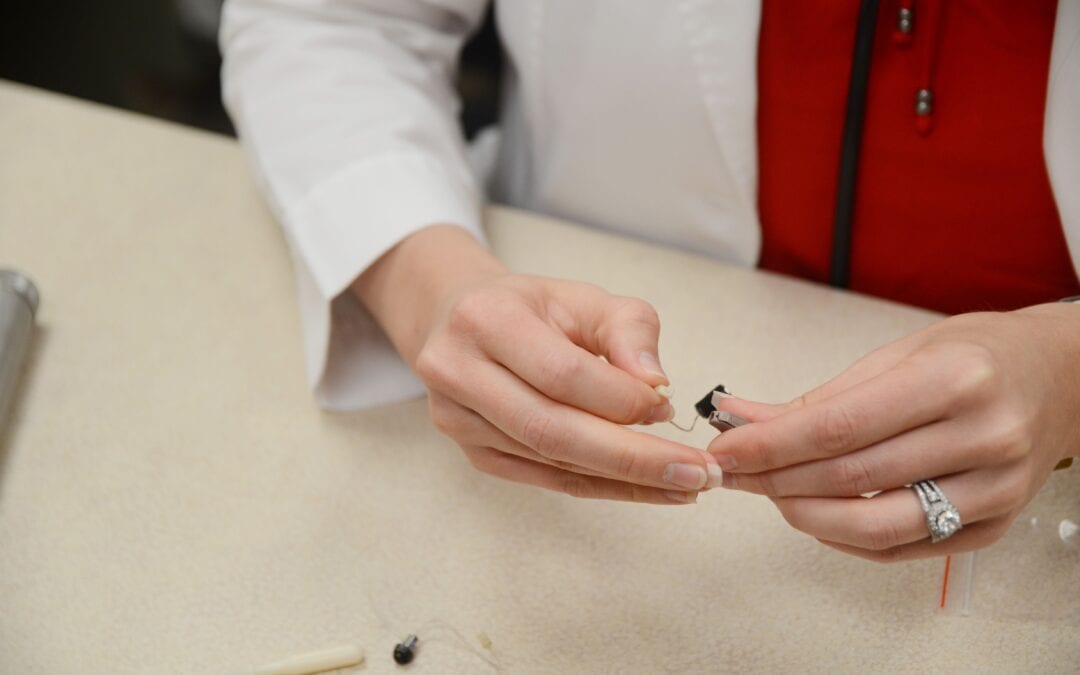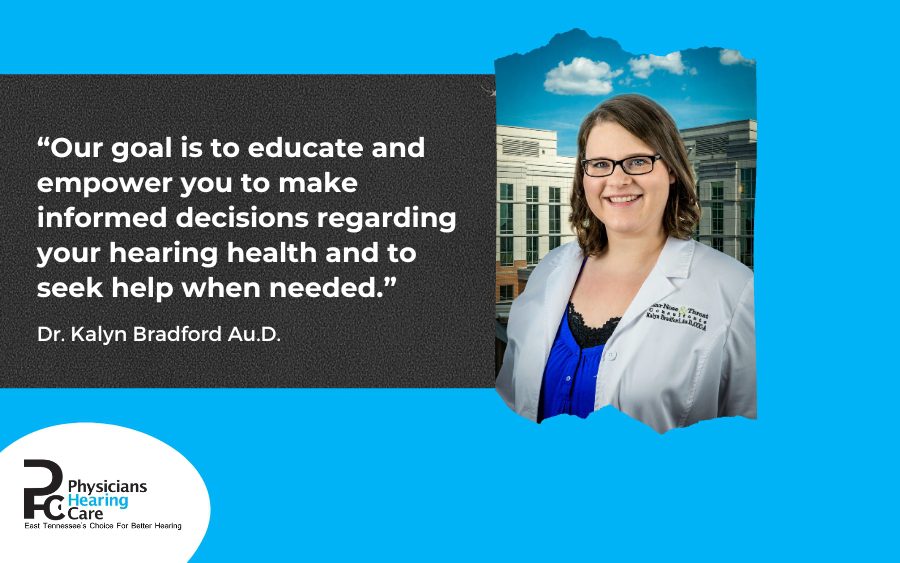I always tell my patients, “Ear wax is like candy. A little is unsatisfying. A bunch will cause you discomfort. You want just the right amount.”
Unfortunately, “just the right amount” of earwax can damage and disrupt your hearing aids. You need earwax. It’s an integral part of the physiology of the ear canal. But it’s also a natural predator of highly-functioning hearing aids.
To combat this issue, hearing aid manufacturers supply wax guards with hearing aids. These guards are meant to protect your device from earwax without impacting functionality.
But they don’t last forever. You have to change out your wax guard to prevent buildup that can cause hearing aid malfunctions. Here are the steps you can take to change your hearing aid, wax guards.
What are Wax Guards?
To protect your hearing aid from wax, manufacturers often include wax guards. These are small plastic filters that prevent debris (like wax) and moisture from building up near the hearing aids receiver or speaker.
Without a wax guard, your hearing aid speakers could easily be damaged by all of that buildup, moisture, and debris. So using a wax guard is a cheap, safe, and effective way to improve the longevity of your hearing aid — which makes wax guards an excellent return on investment.
How Often Are You Supposed to Change Your Wax Guard?
This is a difficult question to answer. Everyone is built differently. Some people produce a ton of that precious waxy oil (technically known as cerumen), while others produce very little.
I want to take this moment to state something important: earwax rocks! It keeps microorganisms and small particles from damaging our ear canals, and most of us produce more than we need.
Typically, this earwax worms its way out of your ear and gets washed away naturally. But when you’re wearing a hearing aid, it can prevent that wax from leaving your ear.
So what happens? Well, for starters, it can damage your hearing aid. Ear wax is thick, sticky, and oily — which are all common enemies of electronic devices. But hearing aids can also cause blockages.
That’s why I always recommend that patients come in annually for an ear checkup. We have the tools and equipment to unclog those ears without damaging any of the canal structures.
For most people, changing wax guards once a month is about perfect.
But if you’re one of those people who has super-productive ears that are always on guard for particles and micro-predators, you may produce more earwax than usual. In your case, you may want to change out your wax guards twice per month (or possibly even weekly).
If you’re experiencing any volume, pitch, tone, or muting issues with your hearing aid, there’s a decent chance that your wax guard needs to be replaced.
How to Change Your Hearing Aid Wax Guard
This process depends heavily on the manufacturer. If you run into any issues, try consulting your hearing aid manual or drop by for an appointment, and we can help you figure it out. Here is the most basic process:
- Take your new wax guards out of the packaging.
- You should notice a tool. One side of the tool should have your new wax guards, and the other side should be empty. Grab the tool.
- Push the empty end of the tool into your old wax guard. Gently pull the tool towards you to remove the guard.
- Dispose of the old wax guard
- Push the side of the tool with the new wax guard into the same area as where you previously removed the old wax guard.
- Push the new wax guard into place.
- Gently pull the tool towards you, and the wax guard should stay in place.
That’s it! You’re done!
Are You Having Any Hearing Aid Issues?
Chances are, you’re reading this blog post because you’ve noticed some hearing-related issues with your hearing aid. If replacing the wax guard doesn’t fix the problem or if you need help replacing the wax guard itself, contact us. My team and I are ready to help you get the most of your hearing aid experience.




